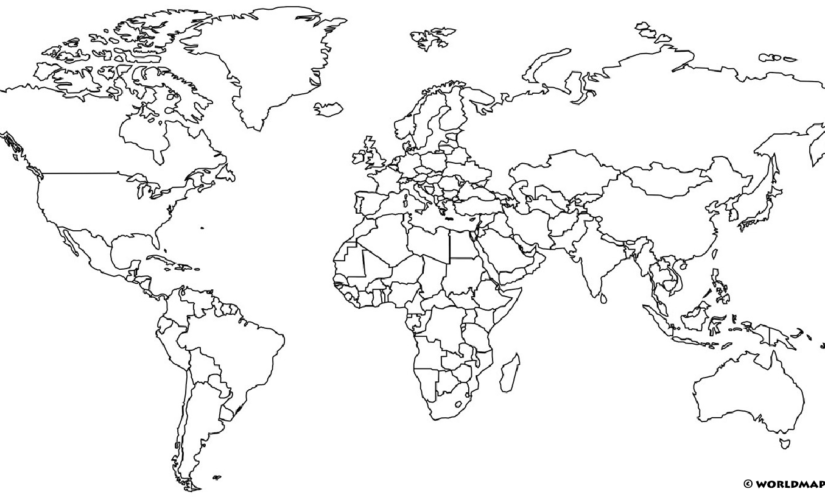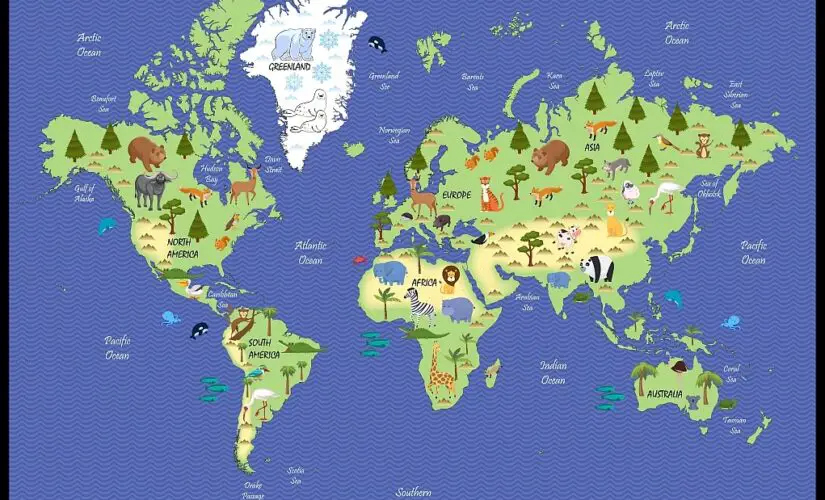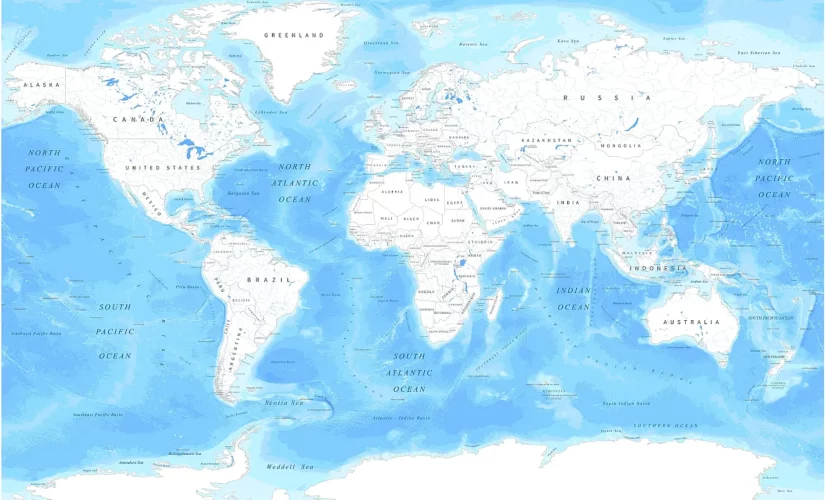Printable Accurate Map of World Poster in PDF
Looking forward to learning the comprehensive world’s geography? Get an accurate map of world and plan your world’s geographical learning today. We shall provide our readers with attractive templates of accurate maps of the world for their systematic learning. We all understand the relevance of the world’s map in learning the world’s geography. The map is undoubtedly the best tool to begin learning the world’s geography and use it in our day-to-day practical life.
- World Map with Continents
- Labeled Map of South America
- Labeled Map of Africa
- Labeled Map of Antarctica
- Political World Map
- Blank Map of World
- World Map with oceans
- World Map Poster
- Labeled Map of Europe
- Labeled Map of Europe
- Labeled Map of Africa
- Blank Map of Asia
- World Time Zone Map
- Labeled Map of World
- Physical World Map
Accurate Map of World
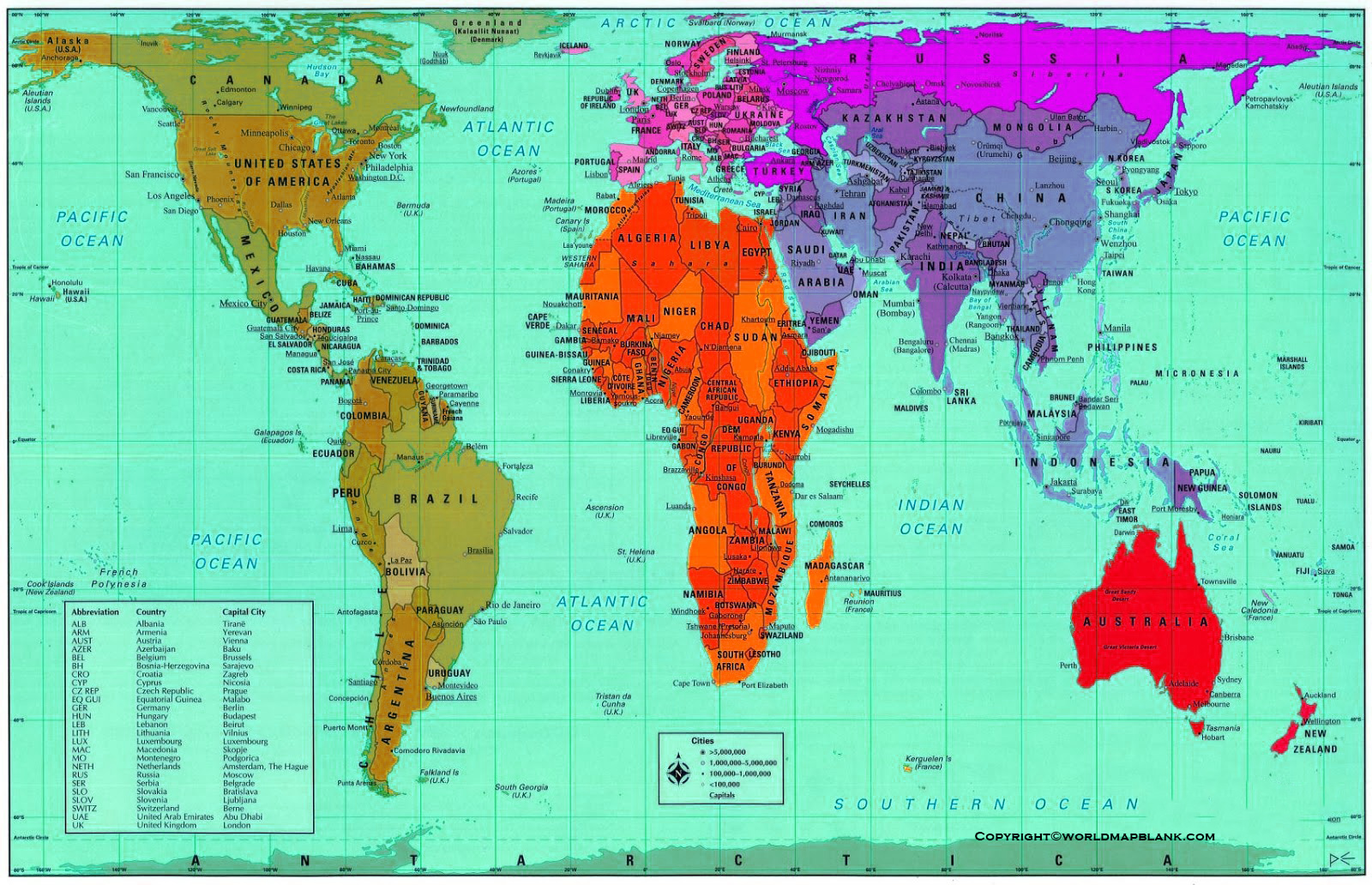
Well, as we have already discussed the significance of the world map in learning the overall geography of the world. In the same context, it’s very important to get an accurate world map before starting to learn the world’s geography. An accurate world map matters the most since even a minor mistake in the map can make a big difference. It’s therefore very important to get an accurate world map to learn the world’s geography.
Printable Accurate World Map
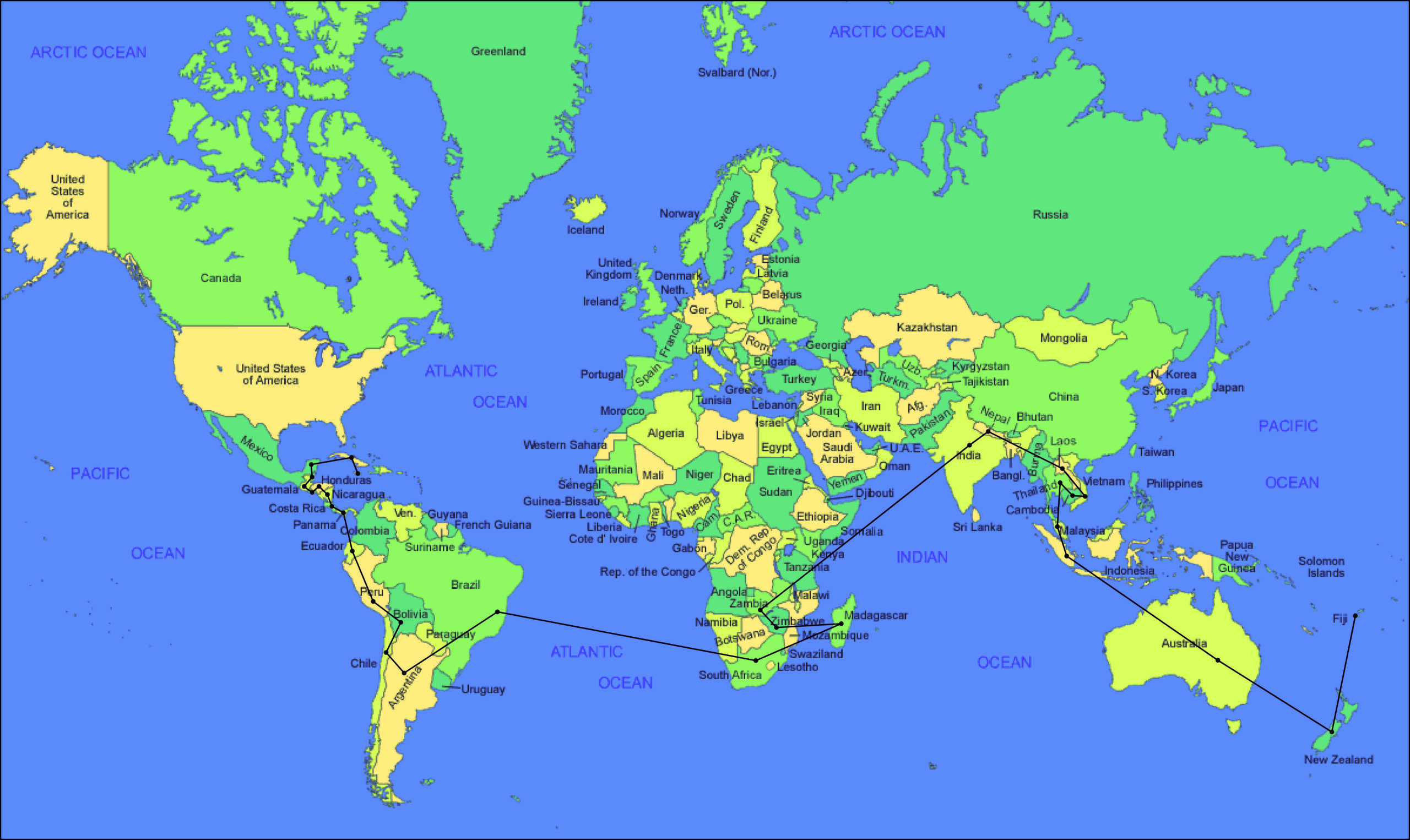
An accurate world map is generally approved by the United Nations which holds its relevance across the world. The data plotted on UN approved world map is highly accurate across and one can have high faith in such data. We, therefore, urge all our readers to use only the UN-approved world map in their personal learning of world maps. Generally, all large schools and other organizations prefer the UN-approved world map in the teaching of world geography.
Accurate World Map Poster
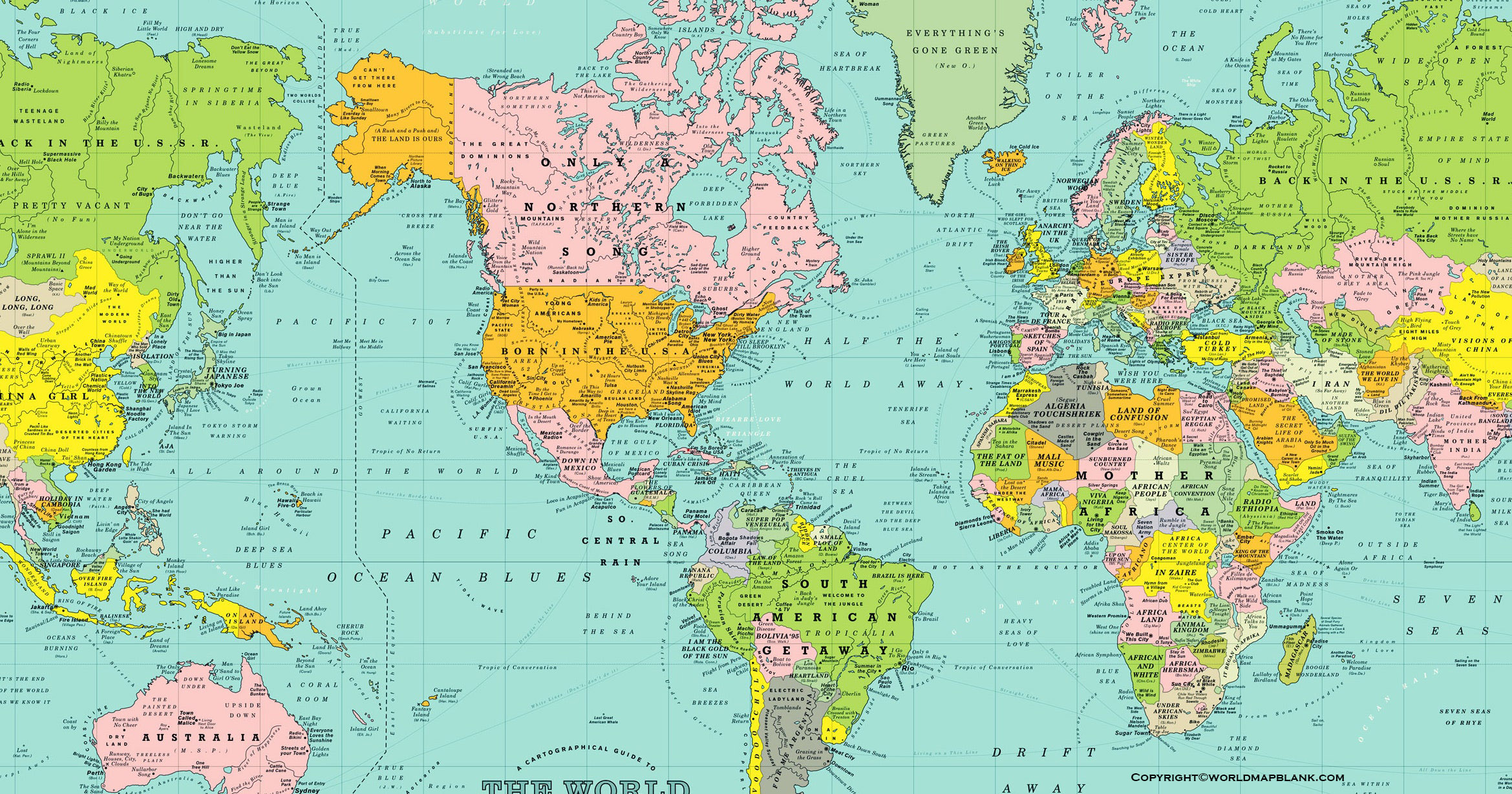
Want to learn the world’s geography with the most accurate world map? You can here avail our printable templates for an accurate map of the world. All our templates are exclusively available for our regular readers and other guests. These can have a look at the template and then print the one for their desired purposes. All our world map templates meet the norms of UN world map criteria.
Most Accurate Map of the World
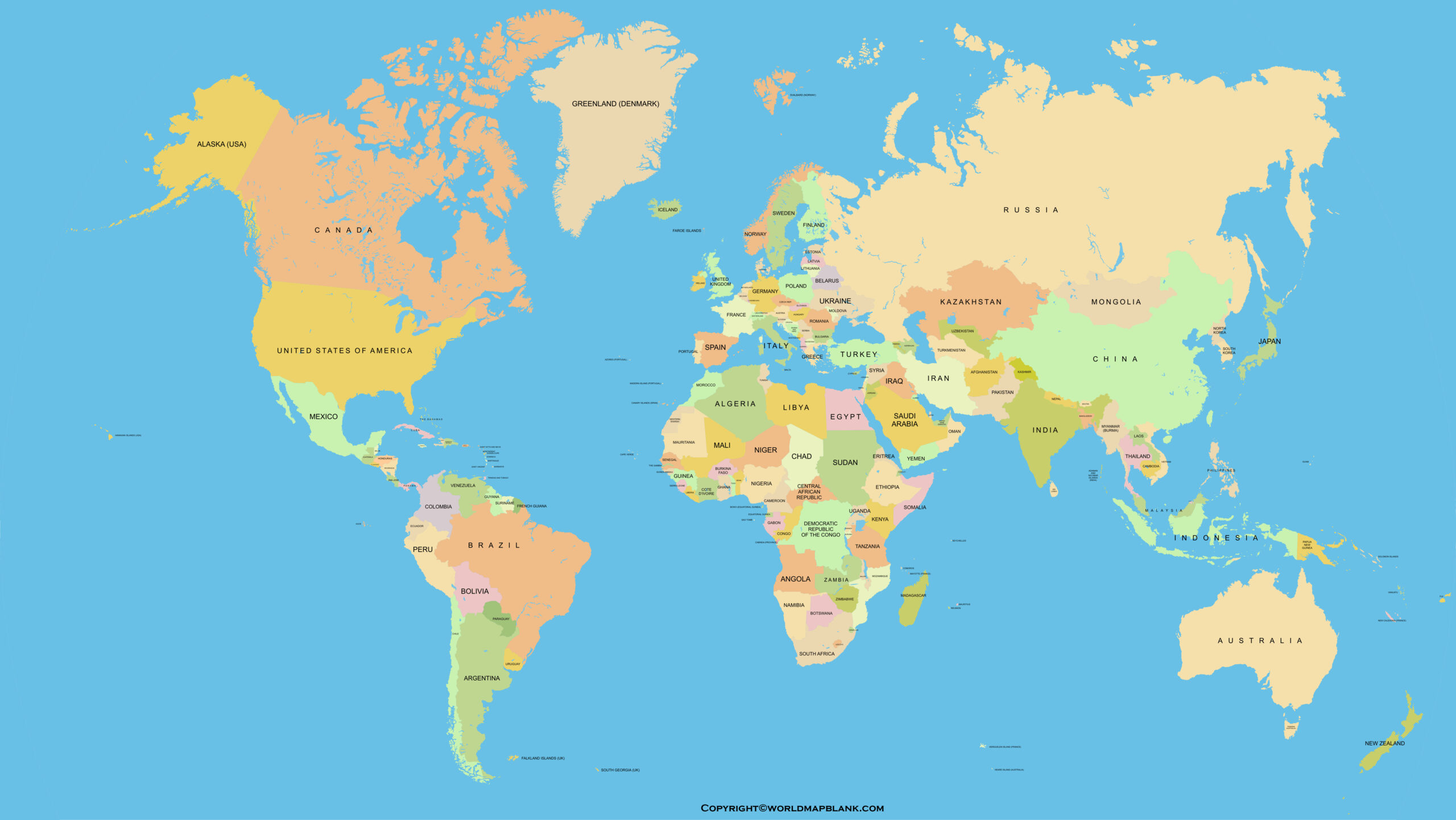
You can therefore refer to our templates so as to learn the accurate geography of the world. You can also use our printable templates in order to learn to draw the accurate geography of the world map. Feel free to use the templates both in your school or personal learning. Moreover, all our templates are also available in digital formats.
It includes the formats such as PDF, Word, Docs, etc that you can access on your digital devices. So, feel print to download or print the templates from here so as to witness the accurate map of the world. If you like our templates then kindly do feel free to share them with others as well.

